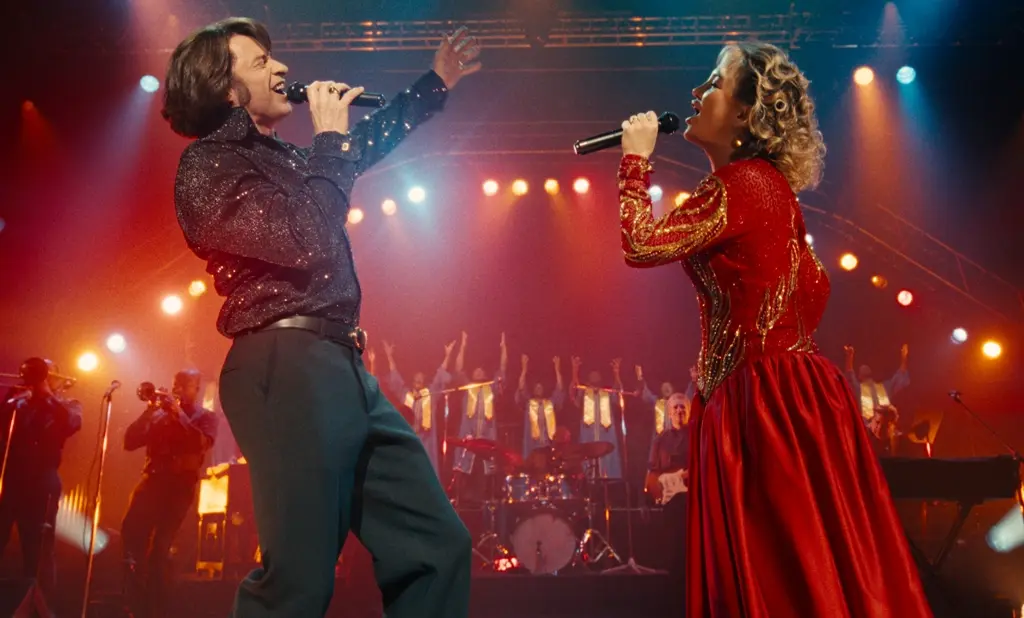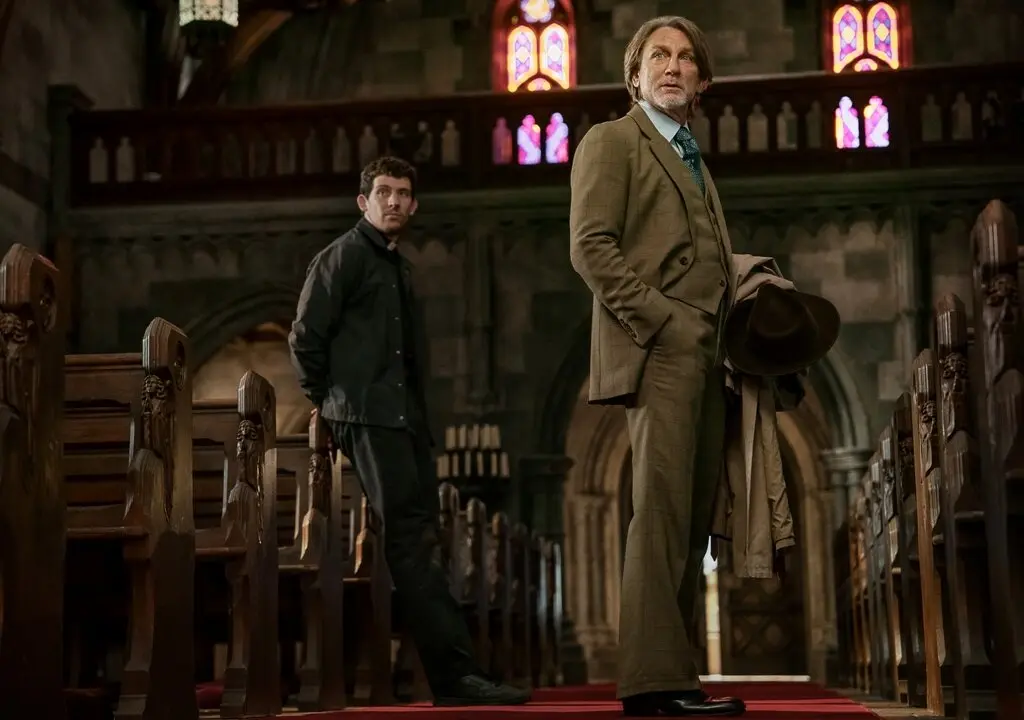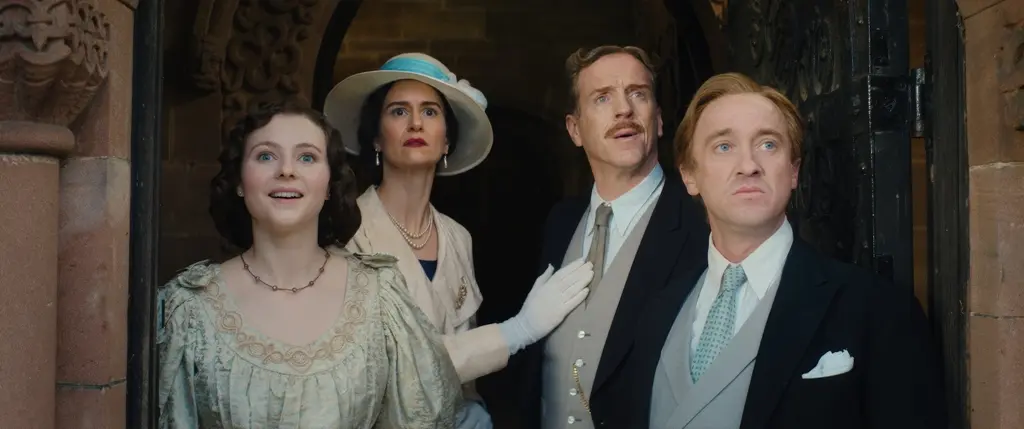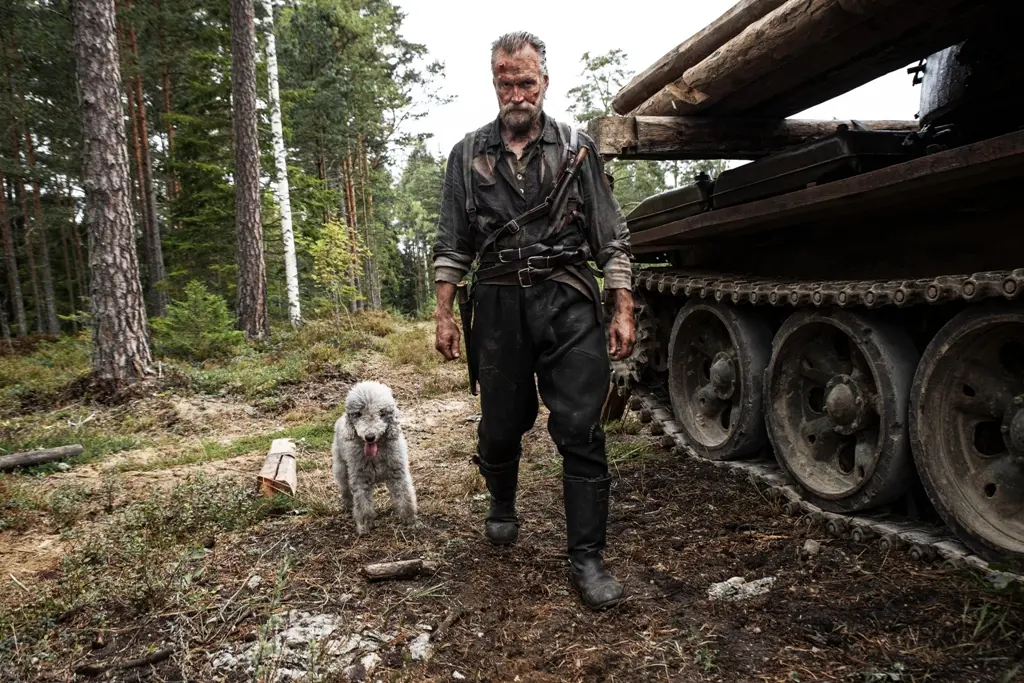NR | 1h 28min | Documentary, Education, Politics | 30 August 2022 (USA)
Founded in 1936 by Clement A. Duran, the YMCA-sponsored “Youth and Government” [YaG] is a national program that takes place annually in 49 U.S. states and the District of Columbia (West Virginia has a similar event with the same model not officially affiliated with the YMCA).





